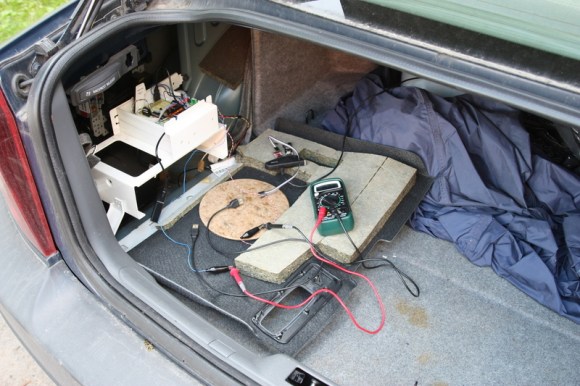
While you’re trying to come up with an idea for your next project this guy’s been building his own helicopter from whatever parts he can find. He’s just one of the aeronautical hackers featured in a story in the Daily Mail. The article’s narrative leaves us with many questions, but there’s enough info to make it worth a look.
In addition to the heli seen above there are also a couple of airplane builds to gawk at. Africa has already produced a couple of very ingenious hacks like [William Kamkwamba’s] projects which improved his village infrastructure. He gained enough notice from his work to land a scholarship to continue his education and that opportunity has also been afforded the creators of these aircraft.
At first we figured this helicopter project was possible because of lack of air traffic regulation in this part of the world. That’s not the case as [Onesmus Mwangi] — who makes his living as a farmhand — has been forbidden to fly the craft by local police. There may be another opportunity for him to fly later in life. He’s received funding to study aircraft maintenance abroad.+
Unfortunately we couldn’t find any video of this thing in action. If that’s unacceptable to you try getting your fix from this human-sized octocopter.
[Thanks Brandon]

















